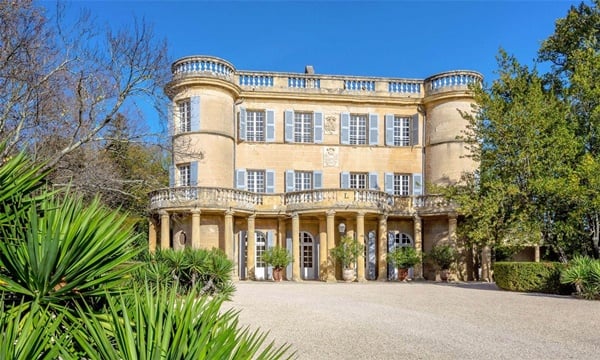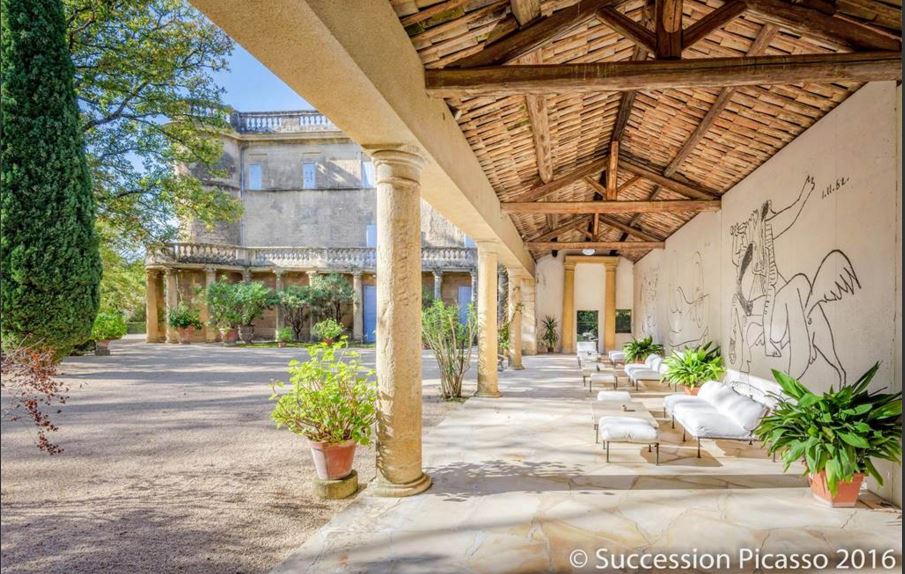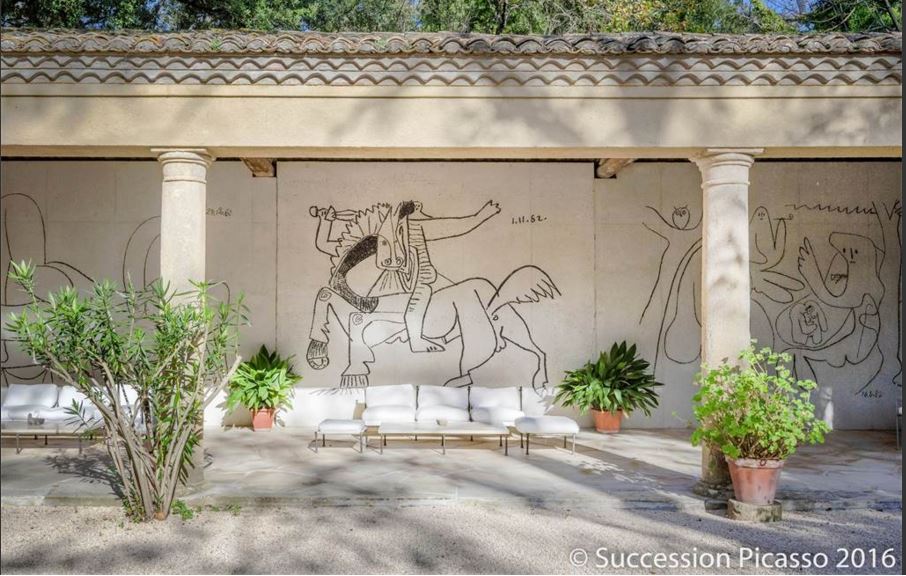Analysis
$10 Million French Chateau for Sale Comes With Protected Picasso Murals
Picasso fell in love with the site, but he could never own it.

Picasso fell in love with the site, but he could never own it.

Eileen Kinsella

The New York Times has a fascinating and envy-inducing story today about a 13th century French chateau in Provence that Pablo Picasso lusted after and tried, unsuccessfully, to purchase from British art historian and collector Douglas Cooper—who refused to sell it to him.
However, the artist left a permanent impression on the place, which is located in the tiny town of Uzès. Five sculpted murals are now listed on the official register of protected monuments in France.

Image: via Sothebys International Realty, France.
Sotheby’s International Realty is offering the 6,000 square-foot residence for the asking price of $9.9 million, which is not a bad deal for built-in art by one of the most expensive and successful artists in history. To, date, three of his works have sold for more than $100 million each, at auction, and eight have sold above $50 million each. You have to scroll down through about 100 of Picasso’s most expensive works before you get down to $10 million, according to artnet’s Price Database, which tracks auction results since 1985.
But back to the elegant house and its storied history. As the Times notes, the historic chateau was “revamped in the 18th century by Gabriel Joseph de Froment, Baron of Castille. His penchant for columns was the result of a trip to Italy which, the story says, prompted good-humored teasing from friends who dubbed the residence the chateau “with a thousand columns.”

Image: via Sothebys International Realty, France.
When Cooper bought the chateau, he was friendly with a number of notable artists including Paul Klee, Nicolas de Staël, Picasso, Georges Braque, and others, who would frequent the residence. He was also a fan of Picasso drawings engraved in concrete by Carl Nesjar that he had seen at the Colegio Oficial de Arquitectos in Barcelona.
So it was a perfect match when Picasso visited the estate and proclaimed: “Give me a wall!” Five drawings by Picasso, inspired by The Rape of the Sabine Women and Edouard Manet’s Le Déjeuner sur l’herbe were engraved near the eastern veranda in 1963 by Nesjar with the help of several others, including sculptor Erik Hesselberg.